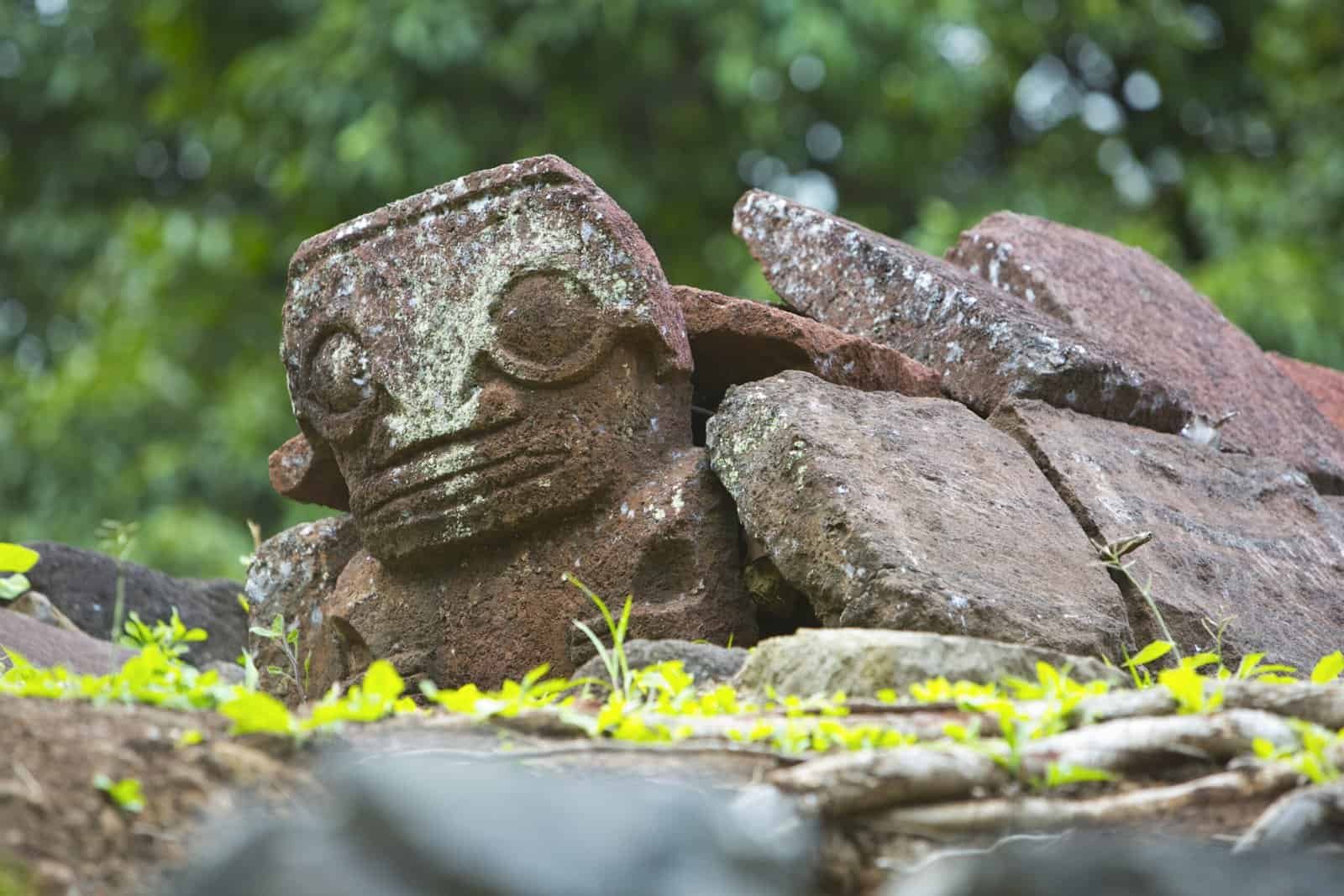The Tiki, emblem of Polynesian culture, symbolizes the mystery and spirituality of the Pacific islands. These sculptures, carved in wood or stone, play a central role in representing the mythology and spiritual connection of Polynesians with their ancestors and nature.
The term “Tiki” refers to stylized human figures, created to represent gods, deified ancestors or protective spirits, each carrying a meaning linked to different elements such as nature, fertility, the sea, or protection. Often placed at the entrances to houses, places of worship or along coastlines, Tikis are protective guardians.
Craftsmen use a variety of materials such as wood, stone and even bone, each with its own symbolism. For example, wood represents life and growth, while stone represents stability and durability. The creative process is steeped in rituals and traditions handed down from generation to generation.
Over time, different styles of Tikis have emerged, reflecting the diversity of Polynesian cultures. The Hawaiian style, for example, is characterized by slender, stylized Tikis. New Zealand’s Maori tikis, on the other hand, often feature intricate tribal tattoos.
Each Pacific archipelago has developed its own variations on the Tiki, creating a rich mosaic of artistic expression.
